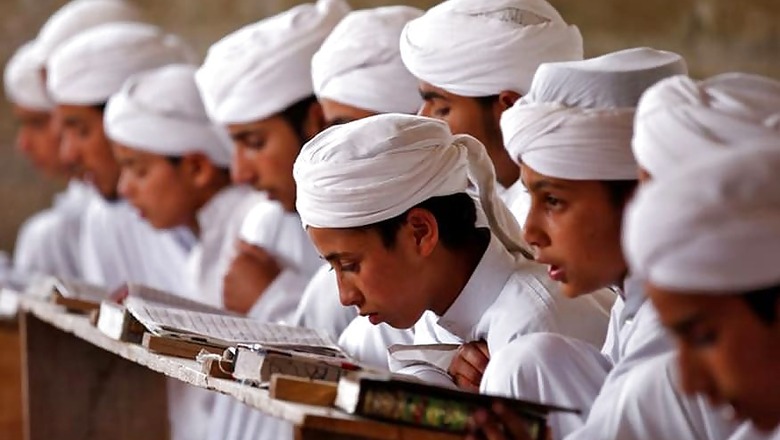
views
New Delhi: Since the 9/11 attacks, madrasas abroad have been facing stigma and suspicion globally. Back home, they are seen as a springboard of radicalisation, deficient in feelings of nationalism and in urgent need for reform.
With the change of regime in Uttar Pradesh, madrasas have been ordered to “celebrate Independence Day and submit documentary evidence”, “unfurl national flag” and “get geo-tagged”. The Yogi Adityanath government has now asked madrasas to teach from NCERT books.
As madrasas deal with the new directives, News18.com takes a look at their diverse model and history in India.
What is a madrasa?
The word ‘madrasa’ is derived from the Arabic word ‘d-r-s’, which means to study; so ‘madrasa’ means a ‘place to study’.
In modern Arabic sense, ‘madrasa’ generically means any educational institute, including the secular, modern ones. In South Asia, madrasas are institutions of higher Islamic learning, equivalent to seminaries where students are trained in Islamic law and theology.
As acquiring knowledge is one of the most important tenets of Islam, madrasas focus on learning from the life of Prophet Mohammad and from reading Quran.
In the Islamic world, there were madrasas set up during the Abbasid period in Baghdad and in Cairo, which was the center for Fatimid rule. Through works of translation, these madrasas contributed to the transmission of knowledge from the Greeks to Europe.
How madrasas came to India and what changed their character from secular to religious?
It is no surprise that madrasas in India came with the advent of Muslim rule in the subcontinent. The madrasas were central to the eco-cultural life of the Muslim society and their role in the times of medieval India was about providing manpower to the government of the day and helping in its vast machinery.
In those times, there was a chain of madrasas that were instrumental in imparting education to the masses. One of the major characteristics was that they were secular in nature and attracted children even from the non-Muslim community that was in majority.
The secular traditions continued till late 19th century. One would be surprised to know that luminaries like Raja Ram Mohan Roy, Dr Rajendra Prasad and Dr Sachdanand Sinha acquired their elementary education from madrasas.
Coming to the second part of the question, the changes started happening in the 19th century. In 1844, madrasa graduates were barred from government employment. The Muslim community faced a blow and lost their hegemony as the huge task of consolidation of English Empire started happening. The community was caught in a dilemma as the Englishmen broke the spine of the traditional education system and divided education system into two categories: religious and non-religious.
The ulamas then responded by opening a series of madrasas starting with Uttar Pradesh. That period saw the “Movement of Dini Madaris”, as pointed out by Maulana Wahiduddin Khan, a noted Muslim scholar.
In one of his works, he said, “The ideas regarding this movement must have germinated around 1834 when Lord Thomas Babington Macaulay came to India as Viceroy of the British India Company.”
Madrasas marked the apolitical movement for preserving the heritage of knowledge and oppose this Macaulay syndrome that aimed to bring out a generation, “which is Indian in birth and English in thought.” The madrasas then started catering to the religious needs of the Muslim community, especially to the lower classes or ajlaf, who lagged behind.
The dualism of Indian education system benefited ashraf, the well born as compared.
What are the essential features of madrasas?
The important characteristics of the madrasas that were established to counter Macaulay were: they ran on the funds from the public through donations. Education was provided to all students for free.
The madrasas turned out to be village phenomenon and not upward and urban to bridge the knowledge gap that existed between the rich and the poor. Over a period of time, and with independence, some madrasas maintained their autonomy to be free from the diktats of the governments of the day, while some proposed affiliation to the state government.
The children attending madrasas education are awarded diploma and degrees under the title Munshi, Maulvi, Kamil, Alim, Qabil, Fazil, and Mumtazul-Afazil.
The syllabus of madrasas is the combination of experiences of past and present learned ulamas; some adapted to modern syllabus and started teaching computers. They teach Aqaid, Diniyaat, Qurn, Urdu, Hindi, English, Mathematics, Geography, Science, Arabic, Persian, Mantiq, Philosophy, Hait, Urooz, Kalam, Ma-ani-wa-Bayan, History,Tafseer, Hadees wa Usool-e-Hadees and Fiqh wa Usool-e-Fiqh. Some madrasas are open to send their students for Bridge Courses that universities offer. These courses give mainstream higher education to the madrasa graduates.
What is the model of state affiliated madrasas?
Autonomy is very dear to madrasas and they prefer to run through donations. But funds are important. As a result, in India, there are two kinds of madrasas when it comes to their financing — autonomous madrasas that are run by public donations and government-affiliated madrasas that are financed by the state governments.
One of the first examples of affiliations is the madrasa Aliya in Kolkata, started by the British regime in 1780. Later, Madrasas Education Boards came up in Assam, Bihar, Odisha, Uttar Pradesh and West Bengal.
Madrasas in Assam and Maharashtra work like other secular educational institutions and are directly affiliated to the Secondary Board and Senior Secondary Board and their examinations are conducted by them. They are certificate holders and get higher modern education as well. The teachers of madrasa board’s affiliated madrasas usually get their salary from the respective boards.
In one of the books, scholars write that Kerala has come a long way with madrasa reforms. Kerala has over 90 percent rate of literacy. Madrasas in Kerala offer Arabic language education of high standards, which gives them the job certificate to the graduates as translators and office work in Arab countries.
One of the major vehicle to bring this change is Mujahid movement of 50s, helmed on Ahl-i Hadith view, which believed that Muslims should act in accordance with the Quran and prophetic example (sunna) as recorded in hadith (traditions of the Prophet).
What types of madrasas do we see in South Asian region?
The modern South Asian madrasa networks can largely be divided into four groups or franchises:
— Deobandi madrasas are in large numbers and its Darul Uloom Deoband constitutes one of the biggest madaris
— Barelwis madrasa, which are Sufi-oriented and make for a sizeable portion. Their notable establishments are Al Jamiatul Ashrafia, Mubarakpur, Manzar i-Islam Bareilly was the first one to come up, Jamia Nizamdina New Delhi, Jamia Nayeemia Muradabad, one of the largest learning centers for the Barelwis.
— Ahle-Hadith madrasas, the first Ahle Hadith madrasa was Al-Ahmadiyya established in 1880 by Ibrahim Al-Arvi in the town of Arrah in the Bhojpur district of Bihar.
— Then there are Shia madrasas. The first Shia madrasa was Jama-I Sultaniyya or Shahi Madrassa in 1843 when Sayyid Muhammad persuaded Nawab Amjad Ali Shah of Awadh to establish one in Lucknow. It was abolished in 1857. In 1890, Mawlana Sayyid Abdul Hasan Abbu Sahib established Madrasa-I Nazimiyya in Lucknow.
In India, the majority of these schools follow the Hanafi school of thought.
What are maslaks of madrasas? Are these the norms the madrasas adhere to?
Yes. The madrasas adhere to maslaks, it is derived from the term suluk, which means “virtous conduct”. The madrasas are expected to act according to those certain rules or standards of normativity. These are the benchmarks set to connect the religious beliefs to behavior of the madrasi.
It is these maslaks that emphasise on belief and personal conduct that differentiate the madrasa education from secular, modern ones. The knowledge acquisition, interpretations and practices comply with the standards set by maslaks.
Each of the maslaks like Deobandis, Ahl-I Hadith, Barelwis, Nadwis, etc pursue education and reforms according to their world view. Scholars have written about how the divisions and maslaks come in the way of unification and reform among madrasas to be pursued collectively in India.
Mohammad Zafiruddin Mitahi had once proposed that all Sunni madrasas except Barelvis, should come together for an all India board of madrasas with branches in state and districts.
In one of the attempts of unification of madrasas an alim, Mohammad Shams Tabriz also appealed to Barelvis to come together and form a federation of madrasas. The objective was to design common syllabus on transmitted sciences. Though some madrasas have started to form loose federations.
What are the other problems madrasas face in India?
Apart from lack of centralisation, which is one of the major shortcomings of Indians madrasas, the other problems are pertaining to pedagogy —make it student-centric rather than book-centric, focus on knowledge over parroting, wean away ikhtilafiyat or disputation with other Sunni reform groups or maslaks, move out of the overemphasis of medieval fiqh texts, which do not have any bearing on the contemporary issues of Indian Muslims.
In some madrasas, students are discouraged from reading newspapers or reading what other Muslim scholars write.
Some prominent names of the reformist voices on madrasas
Many of the reformist voices demanded through change in the curriculum or syllabus like Maulana Zain ul-Sajid bin Qasmi, a Deobandi scholar, Waris Mazhari, the editor of an Urdu monthly magazine, Tarjuman-i Dar ul-`Ulum, Mohammad Aslam Parvaiz, editor of Science , the only Urdu-language science magazine in India, he wanted science to be included in the curriculum; Asghar Ali Engineer, director of the Institute of Islamic Studies in Mumbai, Maqbool Ahmad Siraj, editor of Islamic Voice, an English-language monthly in Bangalore, and many others. The objective of reforms is to improve the economic conditions of the madrasa student and empower them.
Suggested Readings:
1) Bastions of the Believers. Madrasas and Islamic Education in India Book By Yoginder Sikand
2) What is a Madrasa? Book by Ebrahim Moosa
3) The Madrasa in Asia: Political Activism and Transnational Linkages edited by Farish A. Noor, Yoginder Sikand, Martin Van Bruienessen











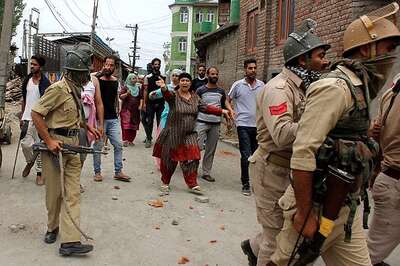
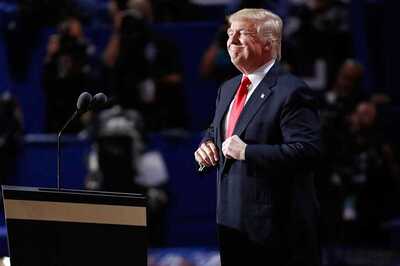
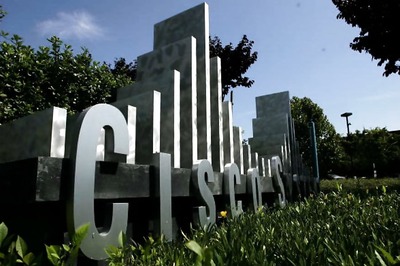
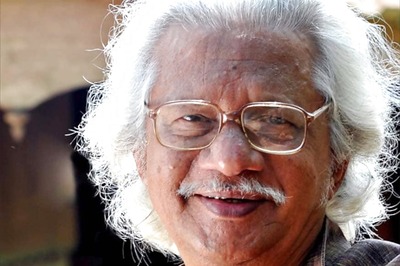
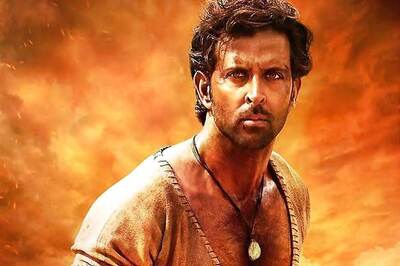
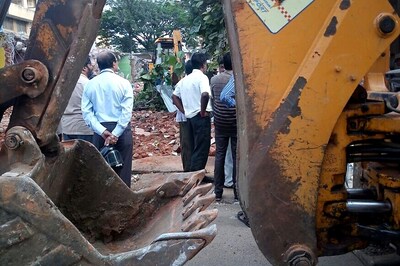
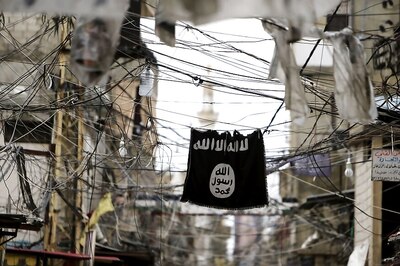


Comments
0 comment